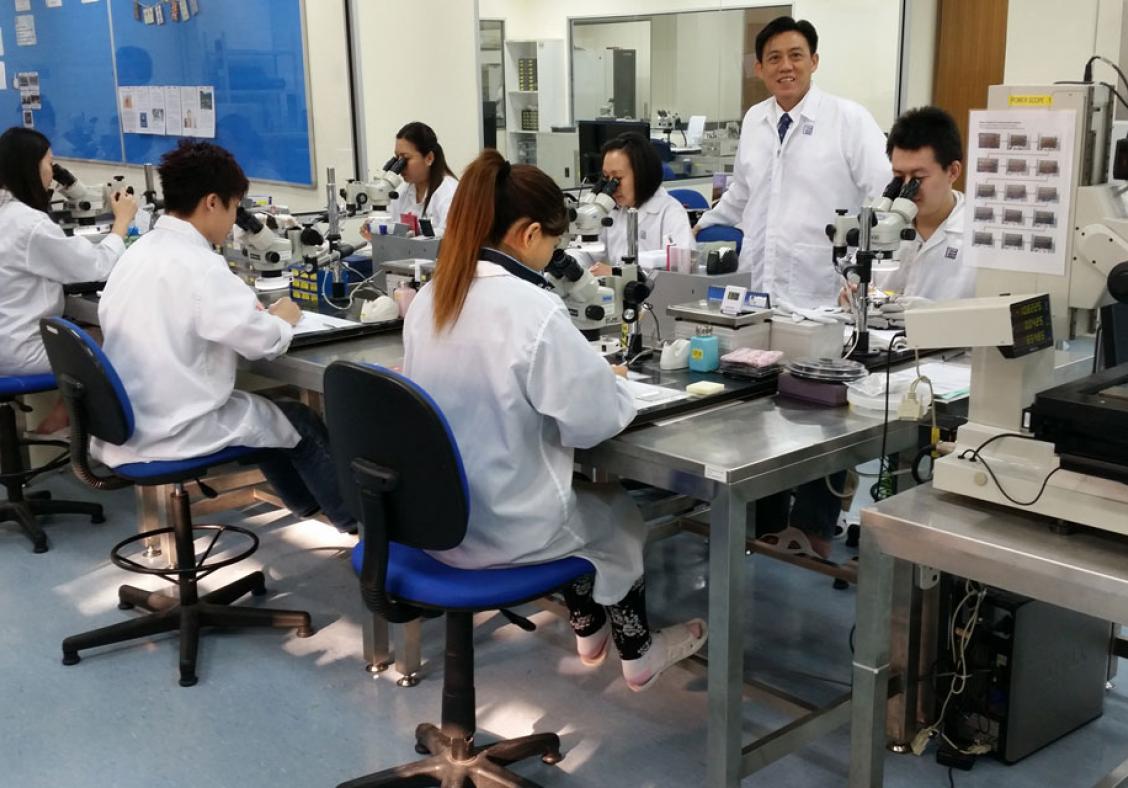How to Implement FWAs as an SME
Many believe that SMEs are not able to implement FWAs, but Feinmetall Singapore has shown that it can be done.
25 Jun 2019 Interviews Work-life harmony

Mr Sam Chee Wah is General Manager at Feinmetall Singapore Pte Ltd, a local small and medium-sized enterprise (SME) that specialises in precision engineering. The organisation employs around 50 staff.
Q: What prompted your organisation to explore work-life strategies?
Recognising that employees were facing work-life challenges which impacted our organisation's overall productivity, we decided it was time to rethink the way we work with flexible work.
Q: How did your organisation first implement work-life strategy?
We conducted a survey to first assess our employees' work-life needs and concerns. Based on feedback from the survey, we identified two types of FWAs: Flexi-Time and Flexi-Place.
Under our Flexi-Time scheme, employees can choose from six time slots to start work, ranging from 7.30am to 10.00am. Under our Flexi-Place scheme, employees are allowed to work remotely for up to two days per month.
We piloted the three-month programme in October 2016. After the end of the pilot phase, we formalised the FWAs as part of our HR policy in January 2017 and extended it to all eligible employees in the company including new hires.
Q: How did your employees react?
Many employees felt uncomfortable utilising FWAs out of fear that they may be evaluated on "facetime" and this might affect their career advancement opportunities. Supervisors were also concerned about being unable to monitor staff who were not always present in the office.
To ease their fears, our management gave further assurance that staff would be appraised based on work outcomes delivered instead of "facetime". This has given staff the confidence that the company is supportive of FWAs. Supervisors were also trained to manage staff on mobile and flexible schedules.
Q: What outcomes did you ultimately achieve?
Our FWAs led to more structured meeting schedules compared to ad-hoc meetings previously, as staff may not necessarily work in the office anymore. This improved productivity by enabling us to better plan our resources. This also meant greater empowerment for employees in making decisions when their managers or supervisors were not on-site.
The implementation of FWAs has also helped us to better attract and retain talent by providing a conducive work environment and helping employees to achieve good work and personal outcomes.
Q: What advice can you give to SME owners?
Many SME owners are accustomed to running the business by seeing their staff at work - where "facetime" is often correlated to the performance of the employees. We need to focus on the bigger picture so that we can create a happier and more productive work environment.
